Laowa MSC (Magic Shift Converter) Review
Dustin Abbott
December 21st, 2018
Check me out on: Patreon: | Google+: | Facebook: | Twitter: | Flickr: | 500px: | Sign Up for My Newsletter :
Sony’s catalog of lenses for their full frame mirrorless E-mount has continued to grow, but there are still some missing pieces in the inventory. One of those are decent options for shooting architecture and interiors. The absolute best lenses for this kind of work are Tilt/Shift lenses that allow one to adjust the lens in such a way to offset the inevitable “keystoning” effect that comes when you try to compose images to include the details you want. Things like trees and buildings lean towards the center, and often your resulting image looks little like the scene did when you viewed it. Enter the Laowa MSC (Magic Shift Converter). It allows one to use a Canon EF mount (or Nikon F, depending on which version you choose), and adapt it to a Sony FE body…but with a twist. The MSC allows for 10 degrees of shift in multiple directions, which allows you to eliminate all of that leaning and get nice, clean lines. Instead of this…
…you can get this:
To learn how all of this works, I would recommend that you check out this video here where I demonstrate everything:
I made one major miscalculation when I reached out to Laowa and asked for a review sample of the MSC. In my mind, I was thinking that I could throw any Canon mount lens on there (I elected for the Canon EF version). And that is true – any EF mount lens WILL work, but I had forgotten once crucial element – there are no electronic contacts on the MSC. Every tilt/shift lens that I’m aware of is, by necessity, manual focus only, so I was expecting that. What I had forgotten, however, is that there are few Canon EF mount wide angle lenses that have a manual aperture ring. It’s different for Nikon lenses, as more of them do have a manual aperture ring, but almost all Canon EF mount lenses feature an electromagnetic aperture diaphragm, which requires electronic contact to the camera body to control. I had planned to use the Irix 15mm F2.4 Blackstone that I still had on hand from my previous review of it. I did use the Irix a bit, but I was limited to the wide open aperture setting of F2.4, which wasn’t as useful as what I would like. I did shoot a few interior shots with the combo, though.
There are a few Samyang/Rokinon lenses that you might also use, but I knew that the best lens for the job (and the one that the MSC was really designed for) was the Laowa 12mm F2.8 Zero D lens. There are a few things that make the Laowa 12mm the natural choice for the MSC: 1) it has a manual aperture ring, and thus retains full aperture control 2) it has a very wide focal range that works well with the MSC (more on that in a moment) and 3) it has virtually no barrel distortion, which makes it a much more natural lens for this application than those with more lens distortion. The MSC can correct for perspective distortion, but not for lens distortion. Fortunately the Canadian distributor of Laowa was kind enough to get me a loaner of the Laowa 12mm F2.8 for this review.
The MSC cleverly leverages the difference in the flange distance between the Canon/Nikon DSLR mounts and the longer distance of the Sony FE mount. Most adapters are just empty space, but the MSC uses a 5 element in 4 group optical design to magnify the focal length by 1.4x times (the 12mm focal length becomes a roughly 17mm focal length). This also serves to enlarge the image circle from 43.2mm to 60mm – creating sufficient room for ten degrees +/-of shift without introducing any mechanical vignetting. You can see some of this in the diagram above. If anything, actually, the naturally heavy vignette of the 12mm Zero D is primarily eliminated, making the lens even more usable at wider aperture values. The image below has had no vignette correction, and also shows off the great, straight lines you can achieve for interior shots.
The primary optical tradeoff is that these elements do cut down on the amount of light that reaches the sensor by one stop, making the resulting combination (assuming you are using the Laowa 12mm) a 17mm F/4 Tilt lens for Sony FE.
Further extending the usefulness of the MSC is the fact that it can rotate 360 degrees when you use the release button. This allows you the ability to use your shift capabilities for images composed in either portrait or landscape orientations. You can even shift on a diagonal axis for those rare occasions when that is needed.
All of the construction of the Laowa MSC is very robust, with heavy, durable metals. It is not weather sealed, however. It’s also not particularly light because of the heavy duty construction, weighing in at 12.7oz (360g) If you add the 12mm Zero D’s 1.34lb (609g) of weight, you have a combination approaching a kilogram (not light!) The upside is that everything feels very robust, including the knobs.
Using the MSC
Using the MSC is fairly straightforward. You want to compose your shot with everything level (no tilt of the lens). This will often mean that the thing you want to feature is barely in the frame, like these shots of buildings and trees.
At this point nothing is leaning (the point of this composition), but this isn’t the shot you wanted. Your composition is about eliminating perspective distortion, and that means getting everything level (both the horizon and the tilt of the camera). Now that everything is level, you can use the shift function to move the lens up or down to include what you want in the frame. If you are below your subject (most typical), this will mean shifting up. If you are above your subject, this means shifting down. All of sudden you can have both the straight, upright lines that you want plus the desired composition, too!
The church example here is actually more exaggerated than what I would technically like, but I wanted to demonstrate how much control you have over how the composition through the 10 degrees of shift. By this point it should be fairly clear that the best way to use the MSC is from a tripod. You can use a shift lens in a pinch handheld, but getting the best results (and more precise control) will require using a tripod, which is the way that tilt/shift lenses are almost exclusively used.
The MSC works equally well in portrait orientation, too. You can choose just how you would like the composition to be while preserving beautifully straight geometry.
While I am assuming that the introduction of additional elements does have some resolution costs, I am very satisfied with what I’m seeing. The final results are still very sharp and detailed thanks for the great resolution of the a7R3 body that I’m using the lens on.
This is also extremely valuable for shooting interior spaces. A typical composition looks like this, with lines moving in a variety of directions.
Using the shift mechanism produces much cleaner lines, like this:
You could even shift both up and down and give yourself a different perspective with more of the room intact by combining a couple of images (one + shift, one – shift) into a single “vertorama”.
That leads us to the final area where the MSC is extremely useful – getting great panoramas. Typically you get panoramas by “panning” with the camera. If you do this handheld or even on a tripod, you are introducing a number of different angles into the composition because the sensor is recording different perspectives. Even shooting from a tripod will result in something like the following when the images are composited together:
A lot of the final image gets cut to square off the edges, leaving you with a really wide image that has little sky or foreground included. You can also see some curvature of the horizon in this image:
If I shoot my panorama by just shifting the lens ten degrees in each direction and then combining the three images, I end up with almost no wasted image when combining the images.
The final product is nearly as wide as the first technique, but with a much more useful image ratio where more sky and foreground are included…plus there is no distortion introduced to the horizon.
Here’s a couple more scenes that I’ve used this technique on as well:
This becomes increasingly important if you have a lot of straight lines in your image, like a city scene.
Conclusion
The Laowa MSC is targeted at a somewhat specific audience. It works best for those that perhaps shoot two systems (Canon/Nikon + Sony) and can leverage the Laowa 12mm F2.8 Zero D (or something similar) on both systems. Alternatively you could use the Laowa 12mm exclusively on Sony by utilizing another traditional adapter for the times when you want the benefit of the full 12mm angle of view. If you own the 12mm lens, this is a natural way to extend the usefulness of the lens. If own neither the lens or the MSC, and want both, you can purchase them in a kit and save a bit of money. It’s not inexpensive, but it’s also basically half what Canon’s 17mm F/4L Tilt/Shift lens costs, and you do have the option of using the Laowa 12mm as a bare lens, which does add to the attraction. I periodically do some interior work for hotels and do some branding, so I’m strongly considering this combination myself. It just makes too much sense, particularly when I can use the 12mm on my Canon systems, too. Kudos to Laowa for thinking outside the box…that’s where the magic happens!
Gear Used:
Purchase the Laowa MSC @ B&H Photo | Amazon | Amazon Canada | Amazon UK | Amazon Germany | Ebay
Purchase the Laowa 12mm F2.8 Zero D lens @ B&H Photo | Amazon | Amplis Foto (use code AMPLIS52018DA for 5% off) | Amazon Canada | Amazon UK | Amazon Germany | Ebay
Sony a7R III Camera: B&H Photo | Amazon | Amazon.ca | Amazon UK | Ebay
Peak Design Slide Lite: Peak Design Store | B&H Photo | Amazon | Amazon Canada | Amazon UK
BenQ SW271 4K Photo Editing Monitor – B&H Photo | Amazon | Amazon.ca | Amazon UK
Adobe Photoshop Creative Cloud 1-Year Subscription
Alien Skin Exposure X4 (Use Code “dustinabbott” to get 10% anything and everything)
Visit Dustin’s Amazon Storefront and see his favorite gear

Purchasing your gear through B&H and these links helps fund this website and keeps the articles coming. You can also make a donation here if you would like. Visit my Amazon page for some of my gear of choice! Thank you for your support.
Great News! I can now offer a 5% discount on all purchases at Amplis Foto, Canada’s Leading Photographic Supplier. Please enter discount code: AMPLIS52018DA in your cart. It is good for everything in your cart, and is stackable with other coupons, too! It will take 5% off your entire order! Proceeds go towards keeping this site going and providing you with new reviews!
Check me out on:
My Patreon: | Google+: | Facebook: | Twitter: | Flickr: | 500px: | Sign Up for My Newsletter :



Use Code “DUSTINHDR” to get $10 off ($15 CDN) Luminar and/or AuroraHDR
Keywords: Laowa MSC, Magic Shift Converter, Laowa MSC Review, Magic Shift Converter Review, MSC Review, Dustin Abbott, 12mm Zero D, 17mm F4, Shift, Venus Optics, Sony FE, Sony a7R3, Demonstration, Review, How To, Sample Images, Video Test, Video Review
DISCLAIMER: This article and description contains affiliate links, which means that if you click on one of the product links, I’ll receive a small commission. As an Amazon Associate I earn from qualifying purchases.










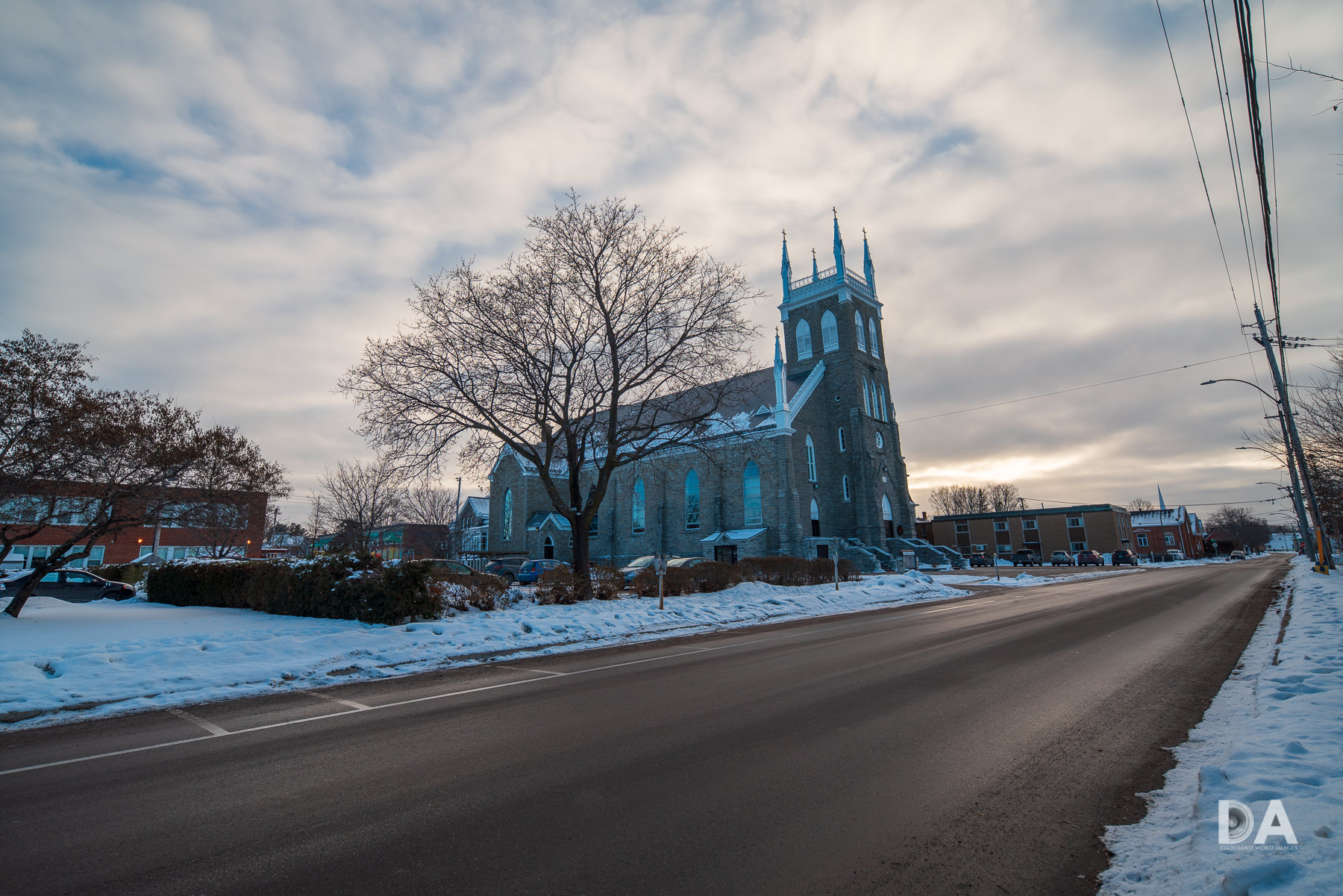
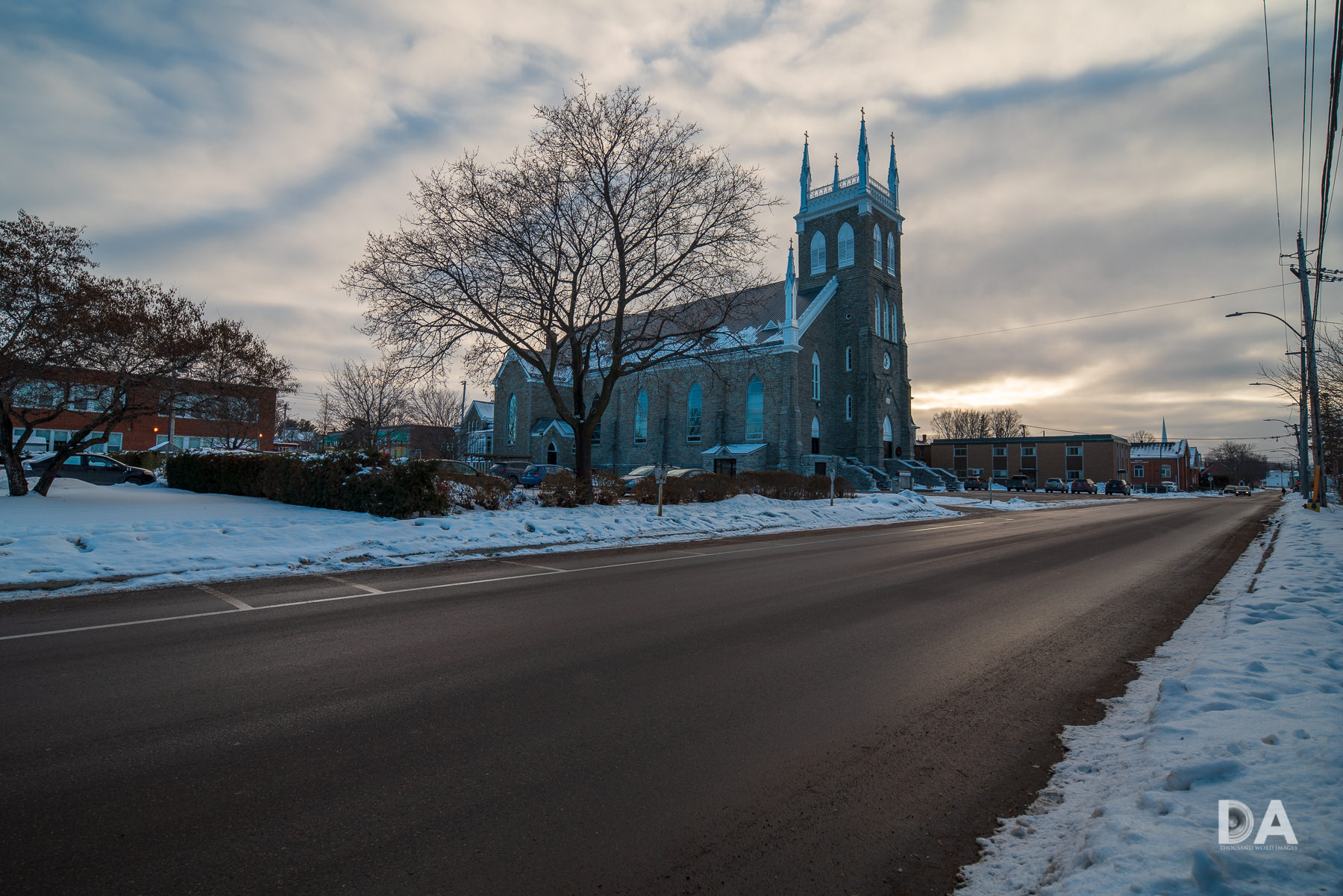

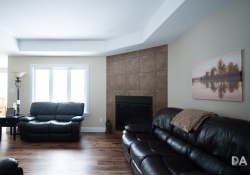
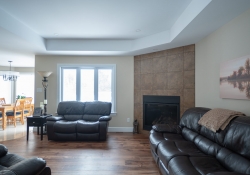
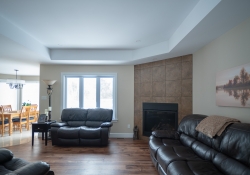
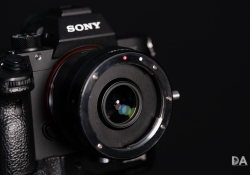
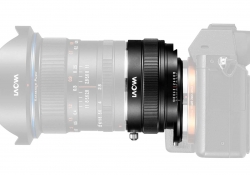

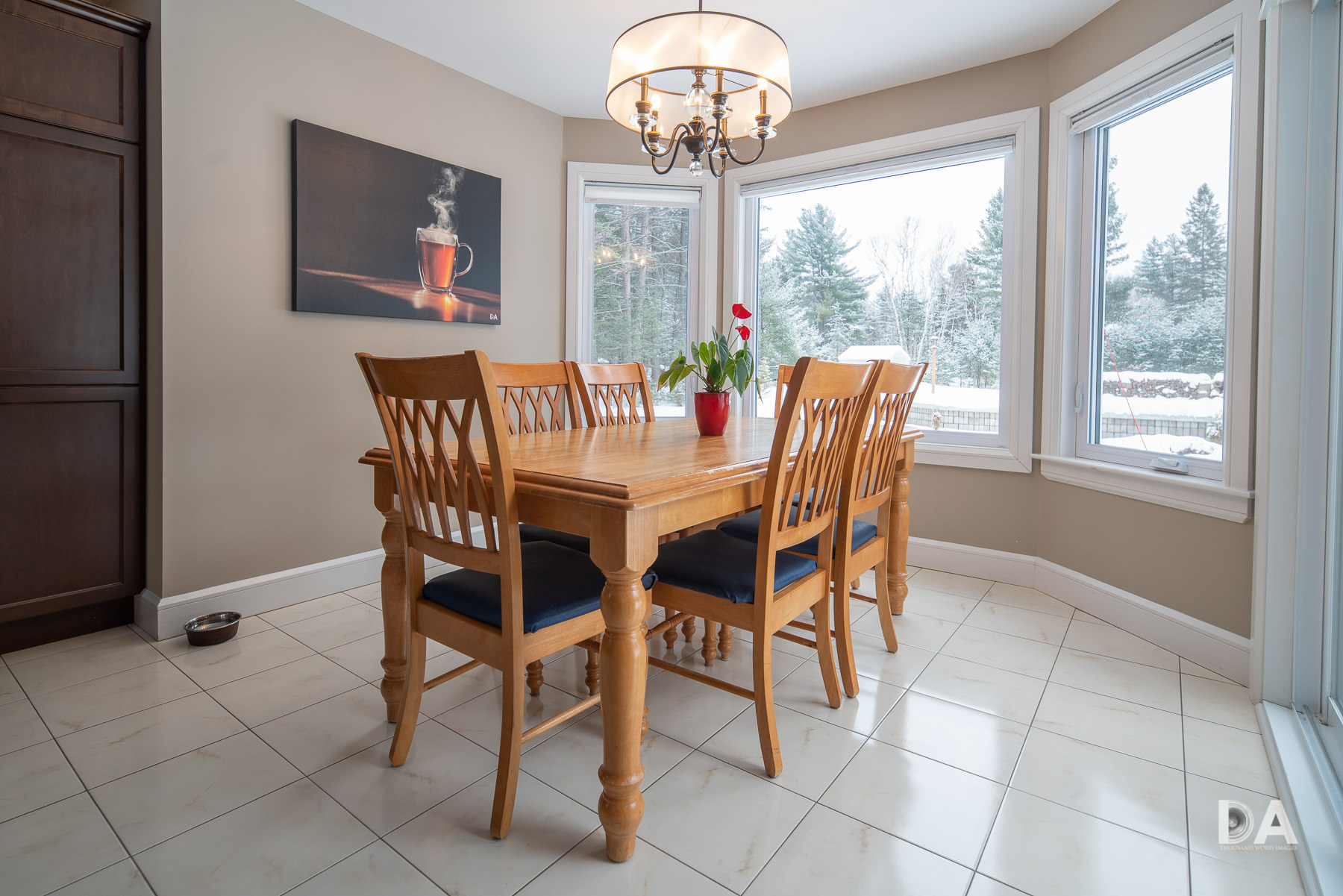
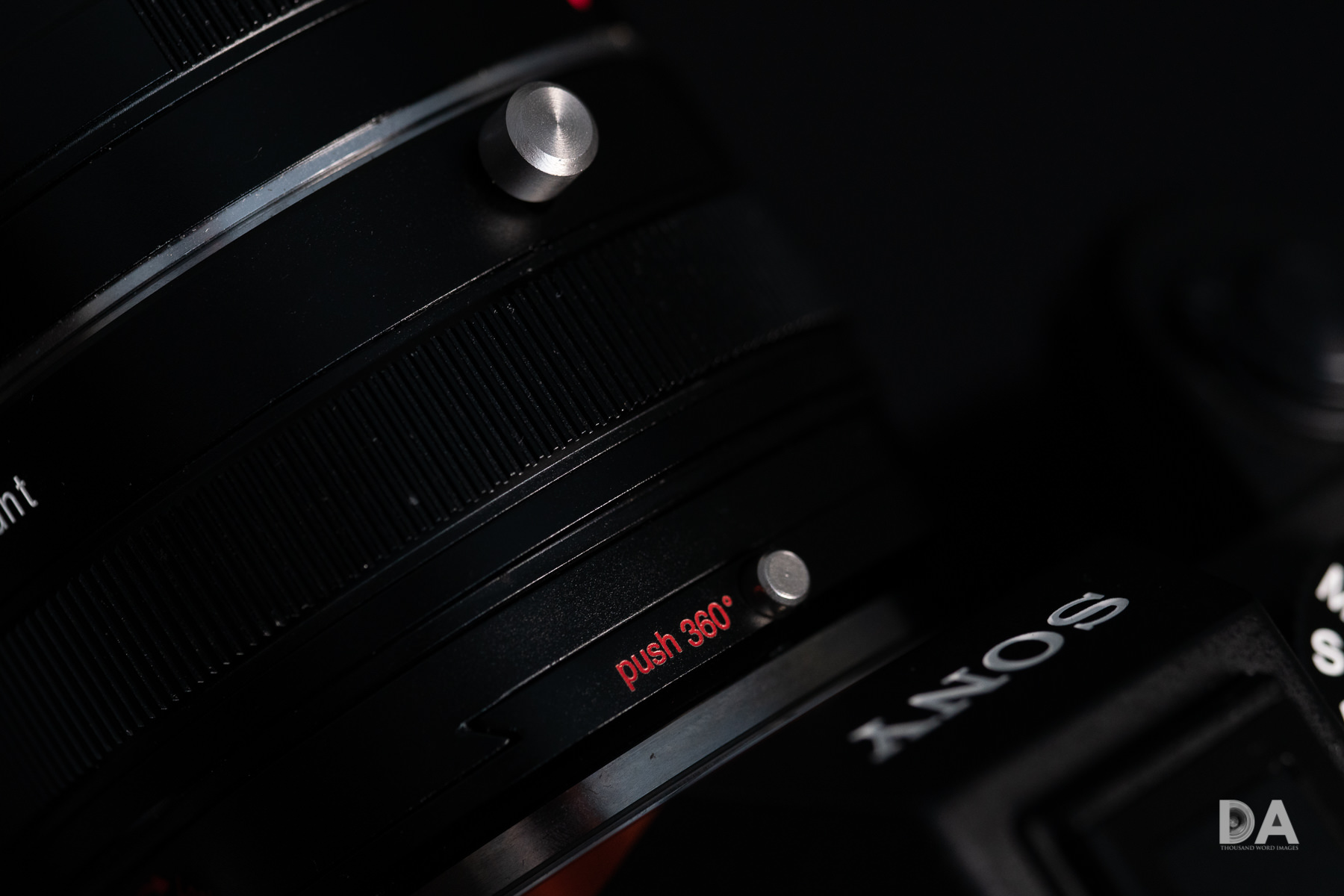
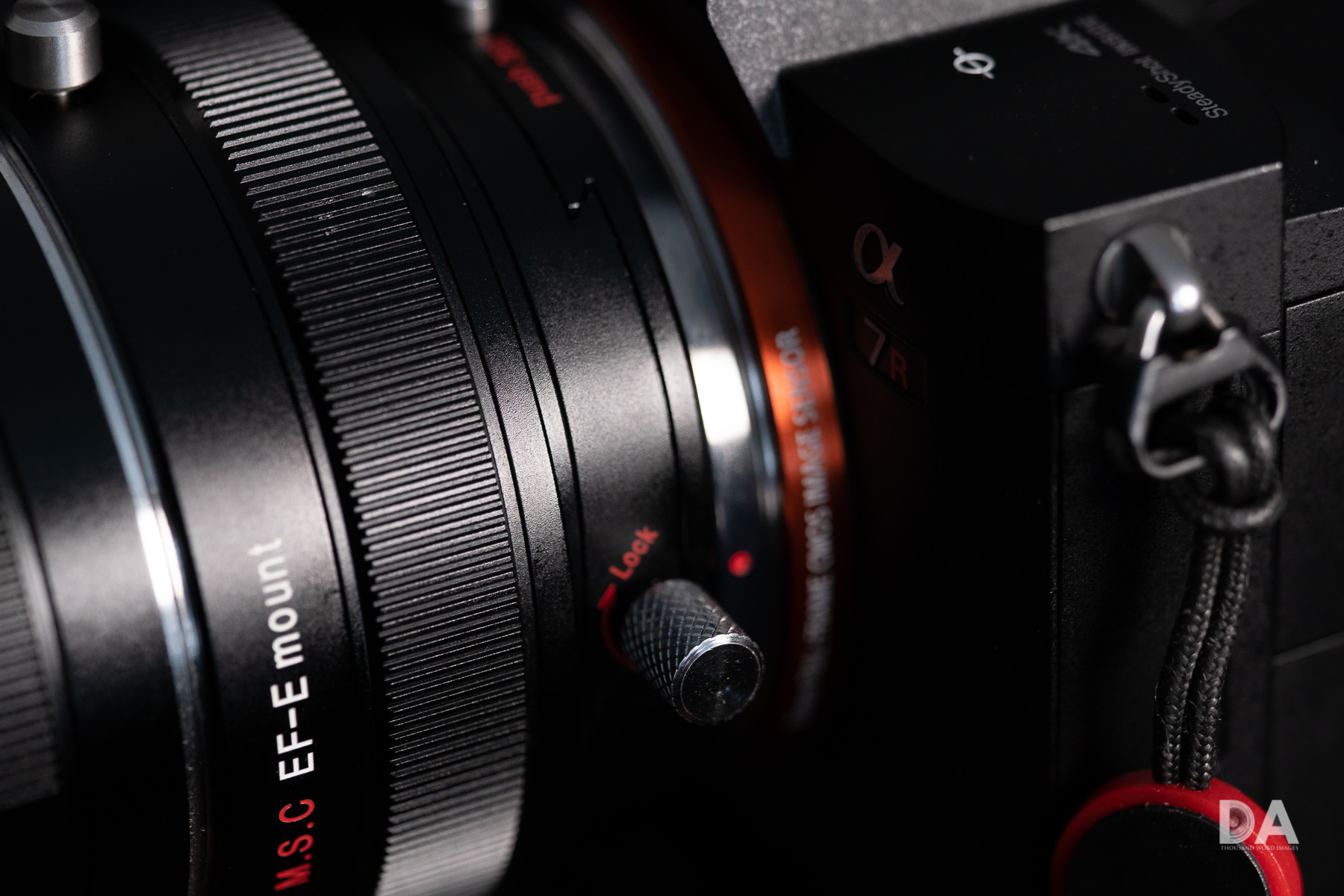
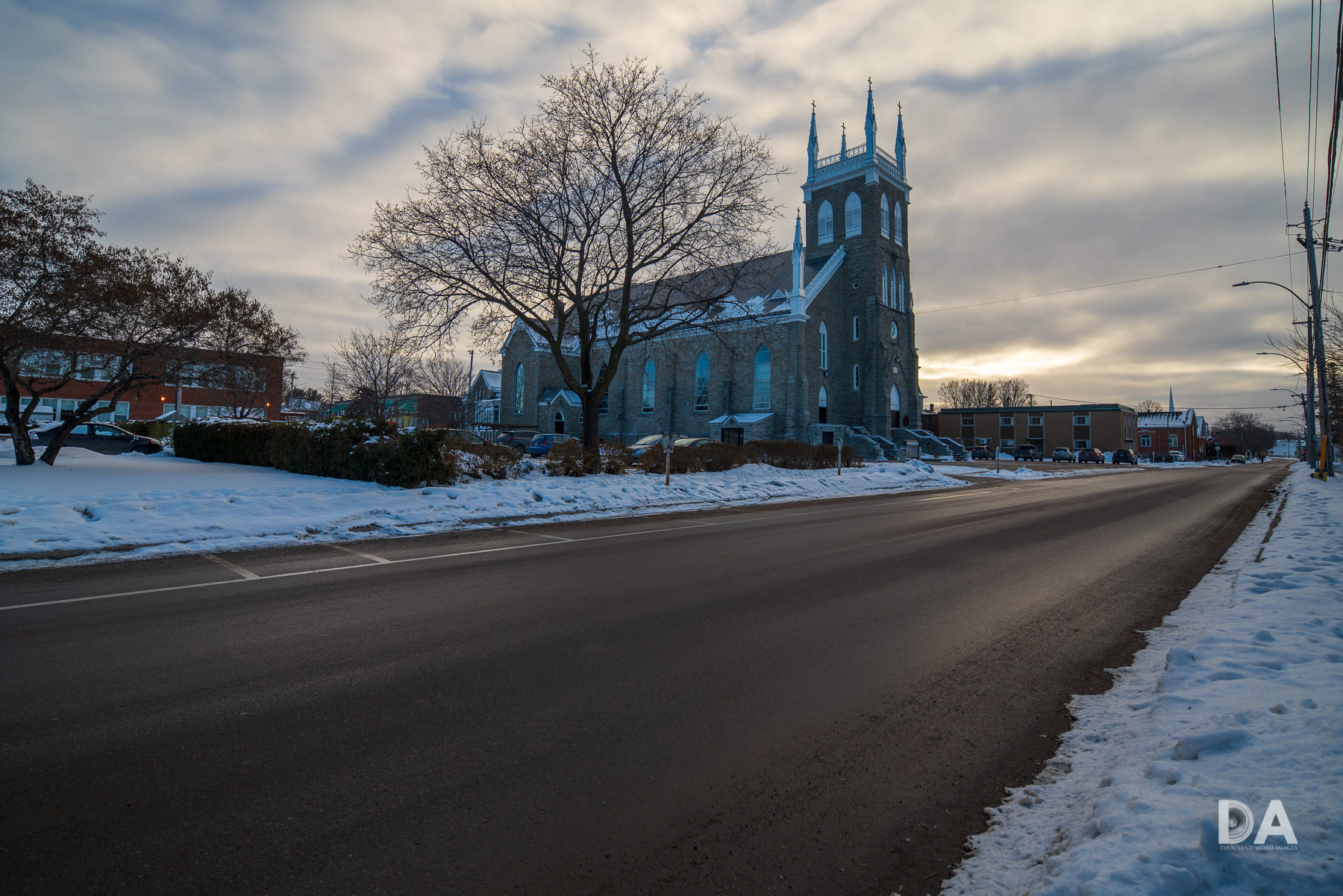

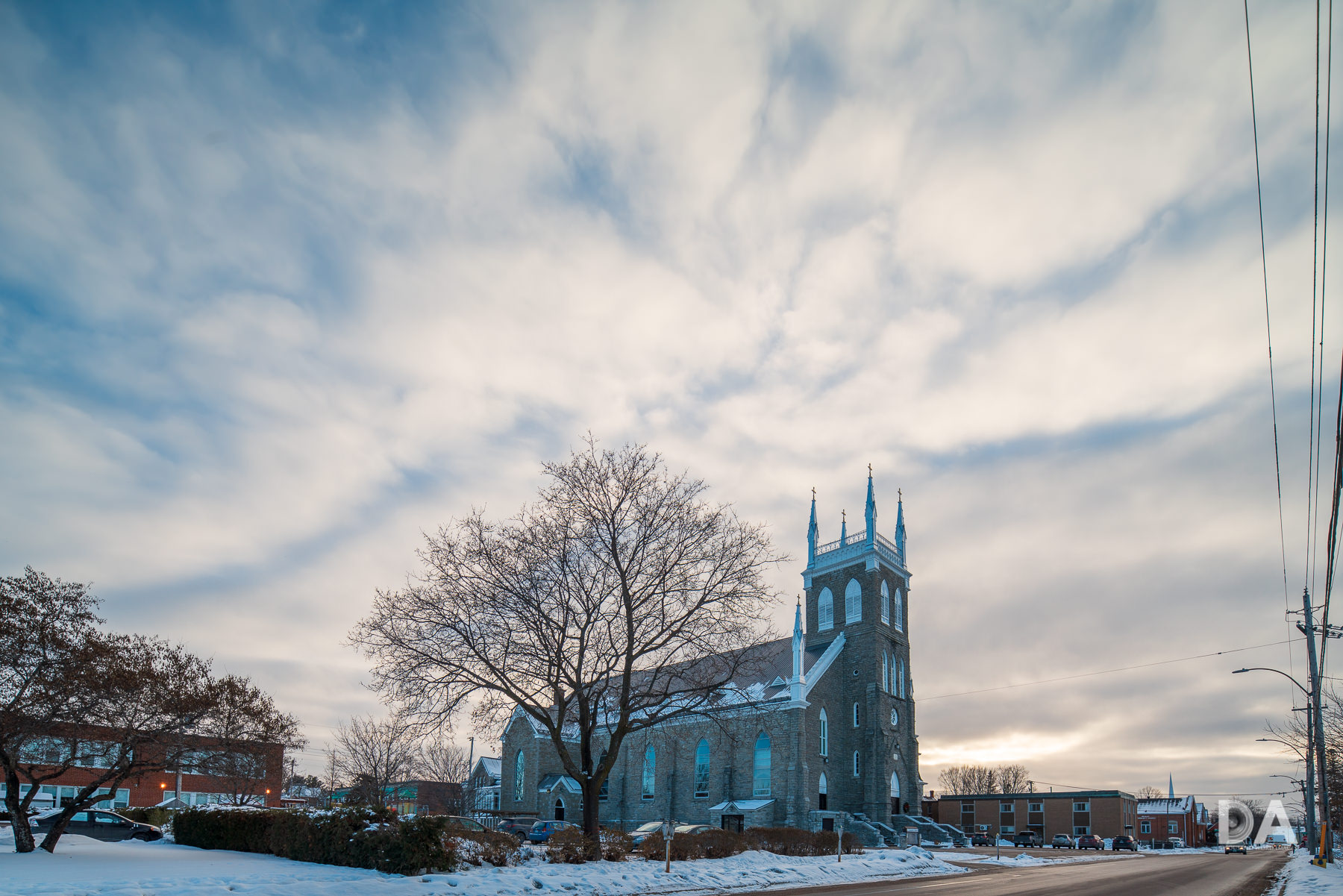
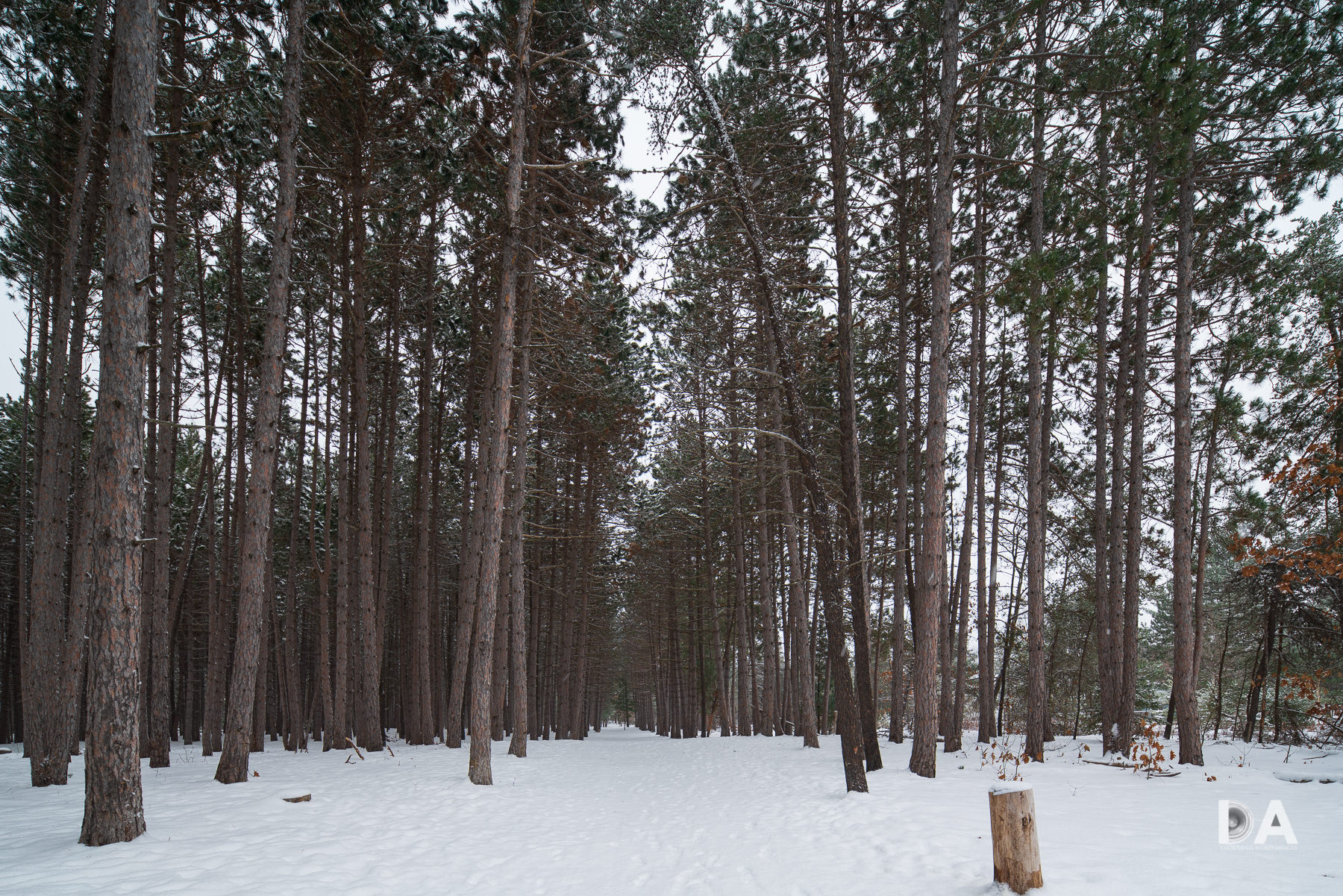

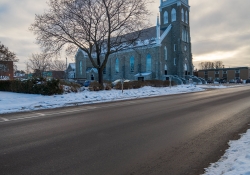

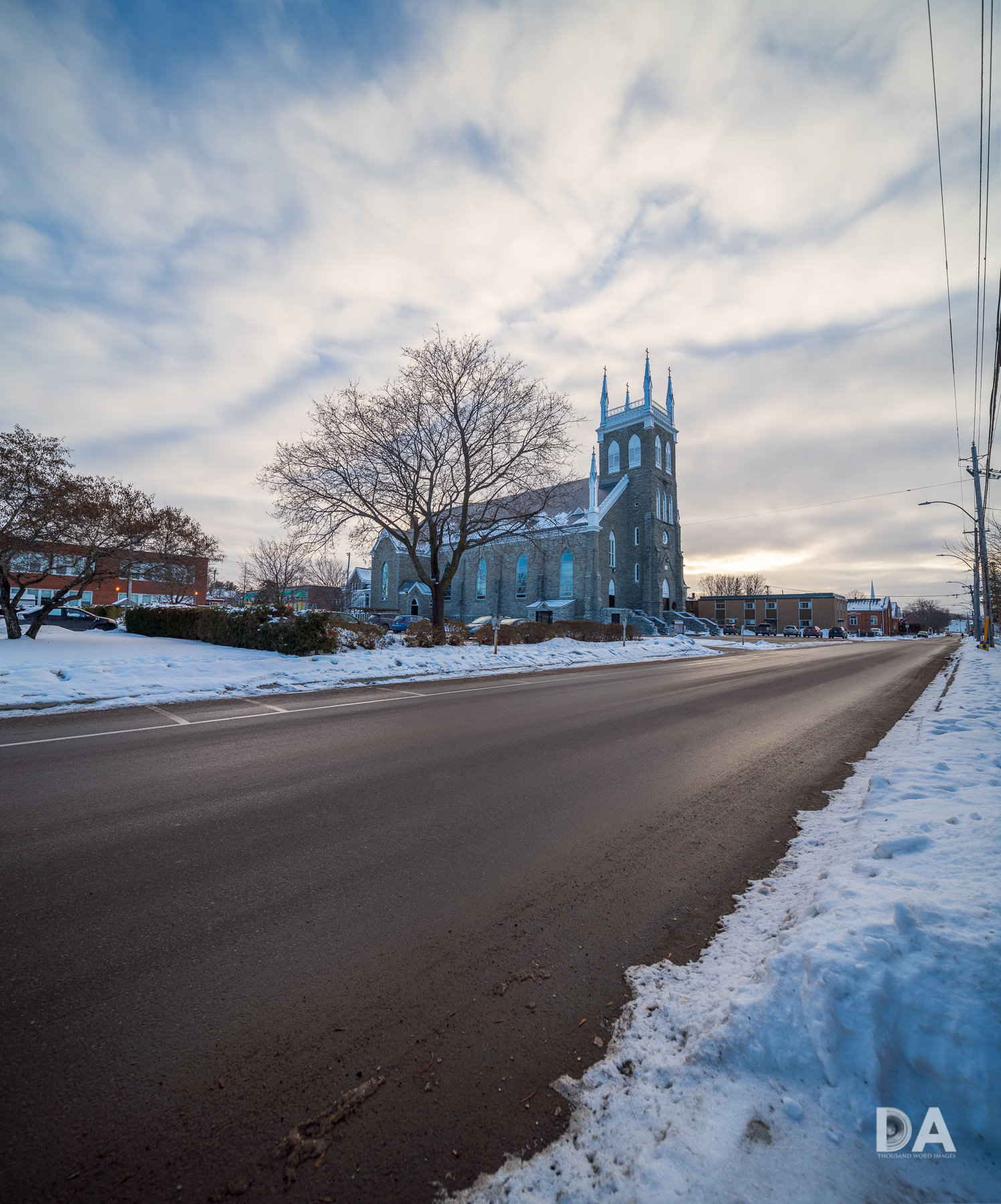


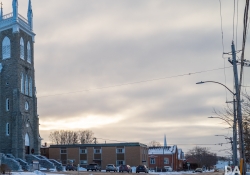
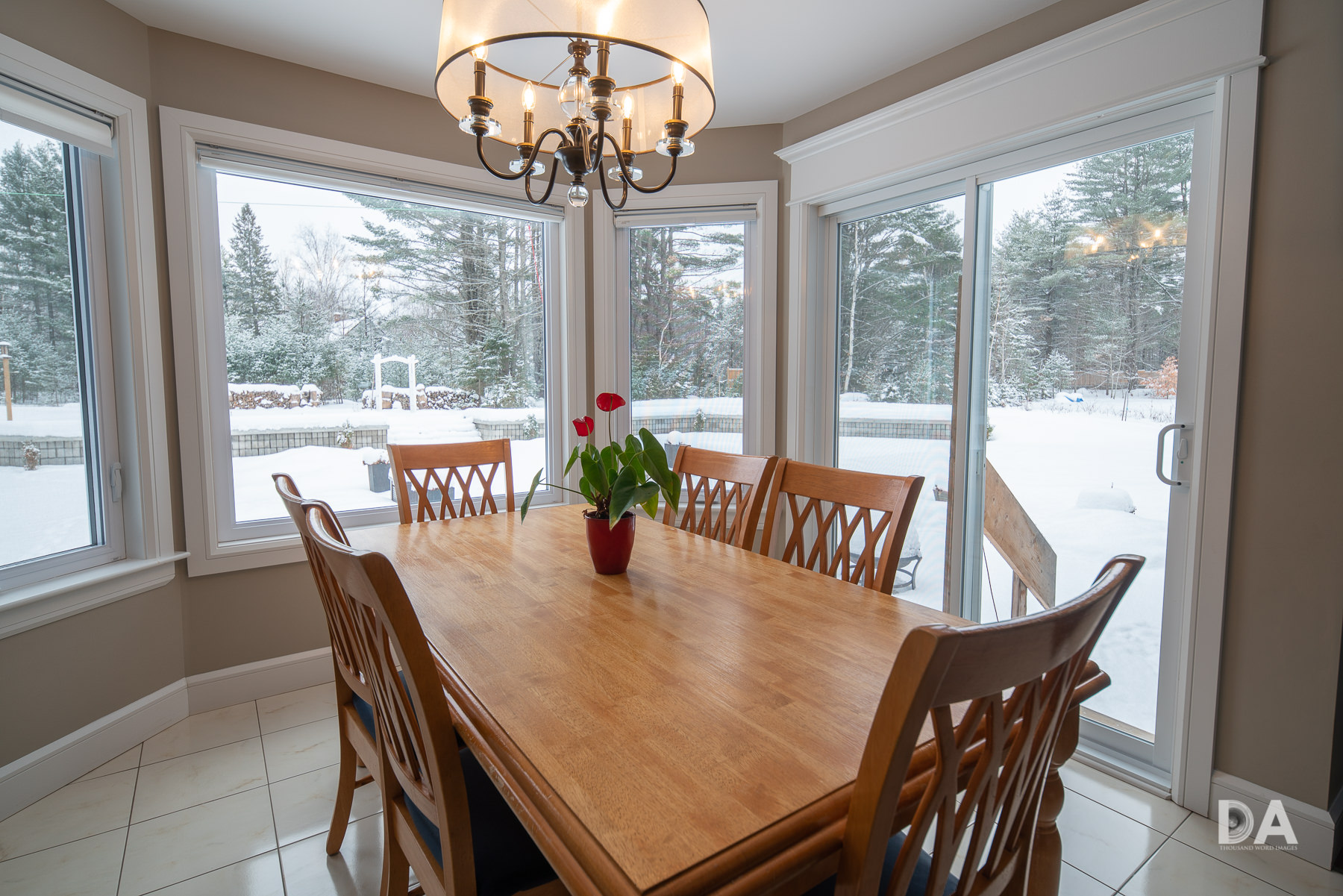
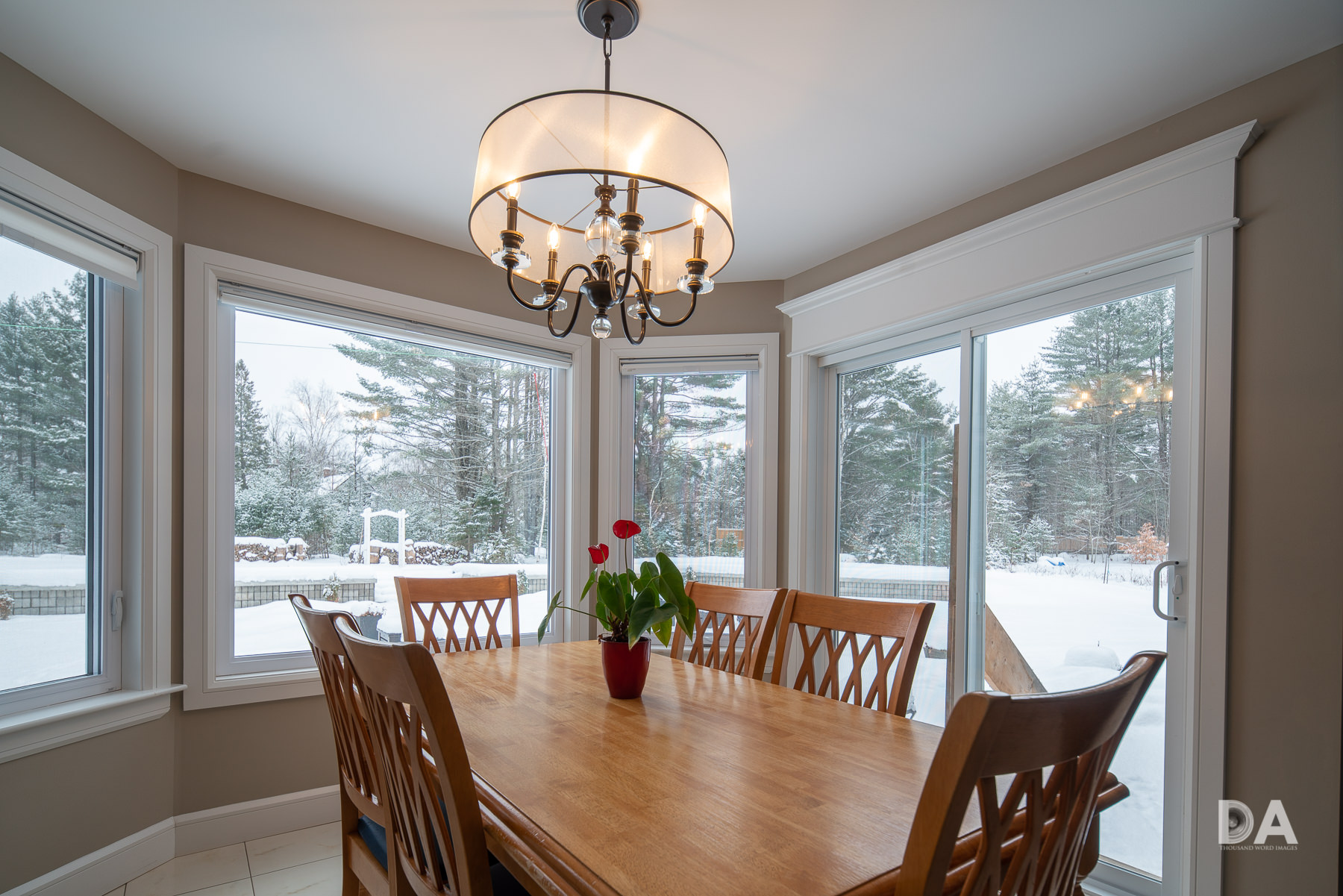

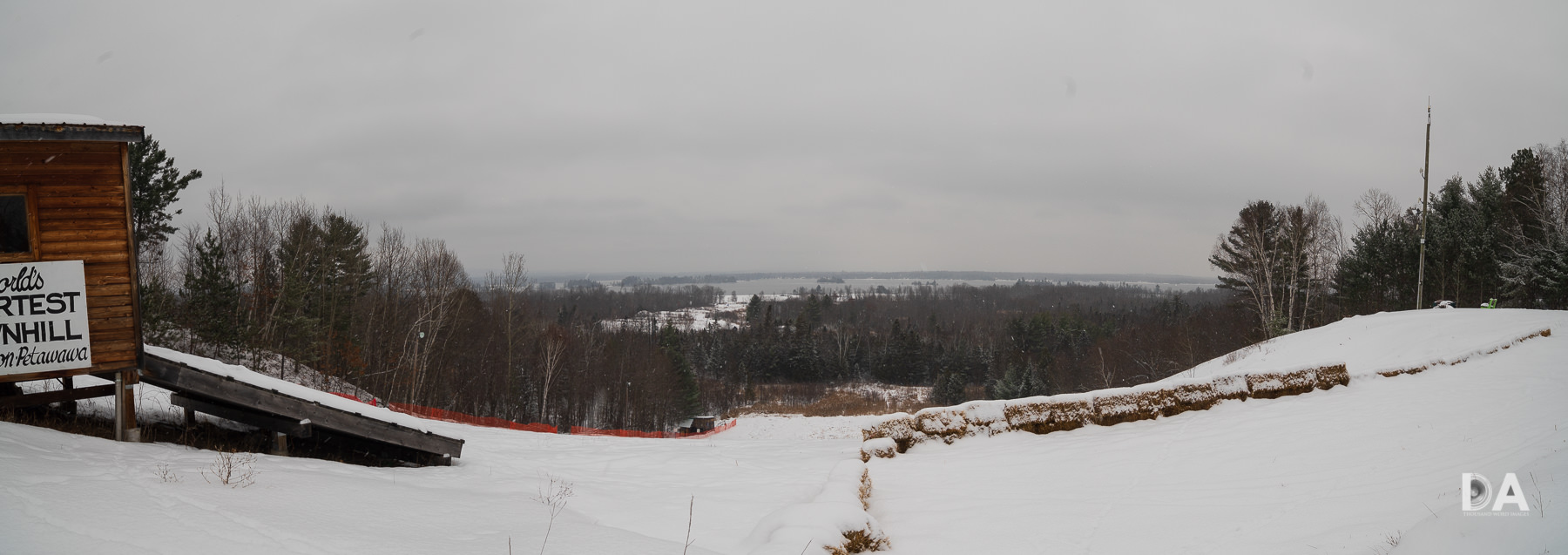
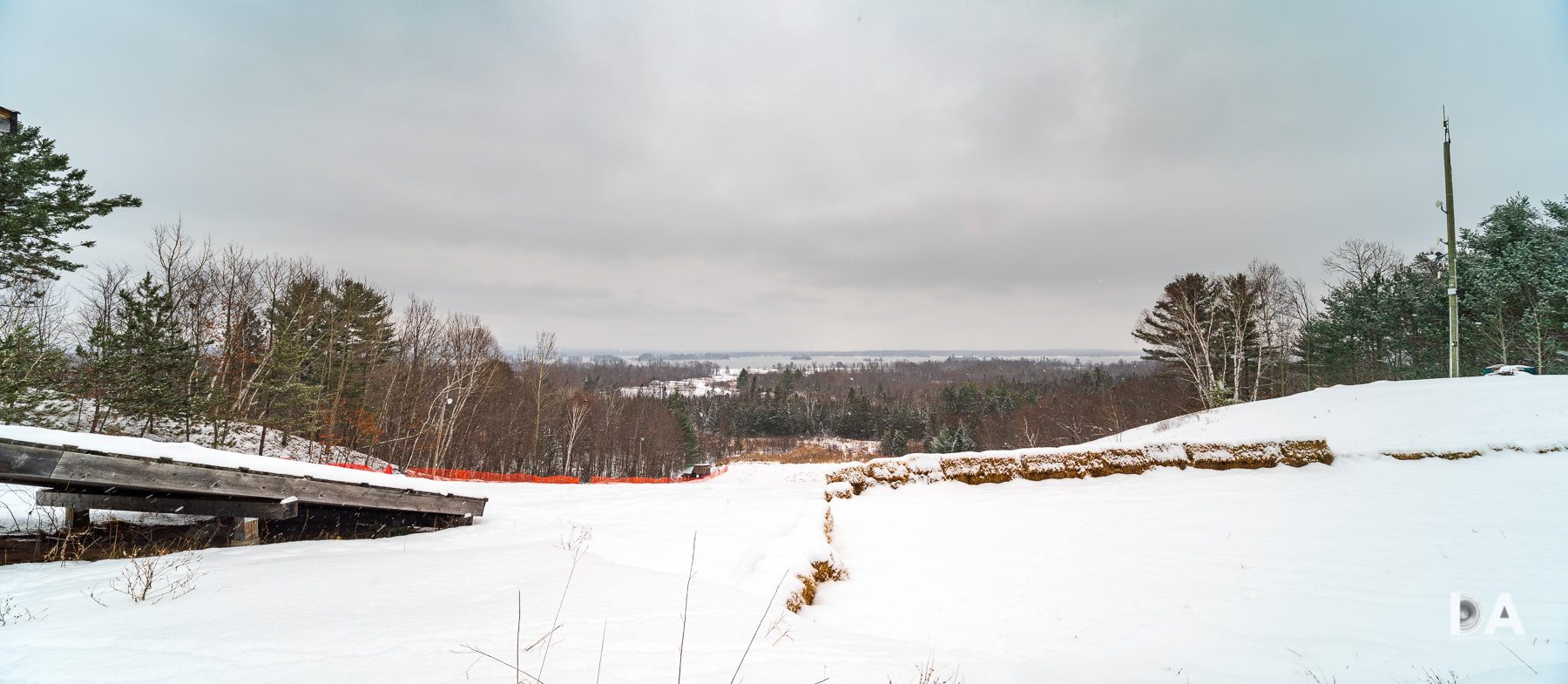

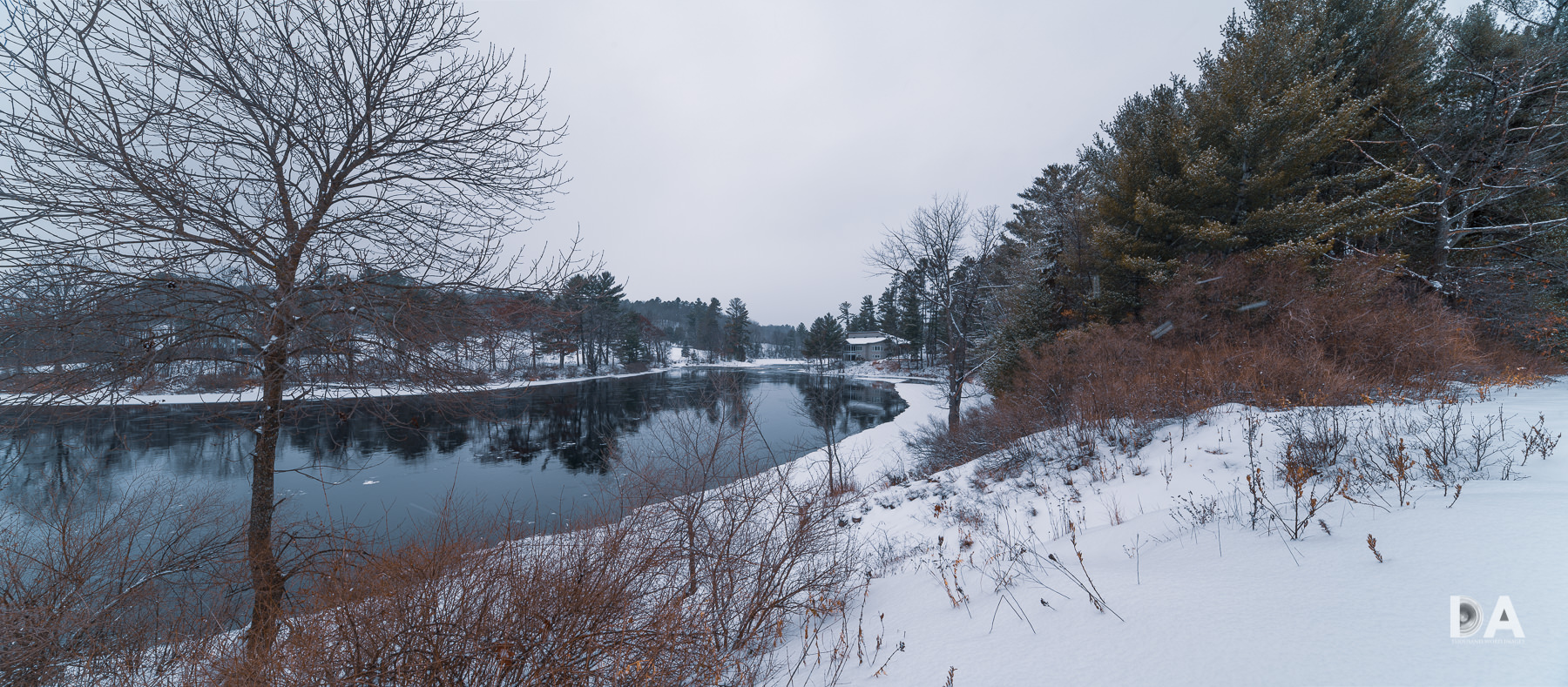
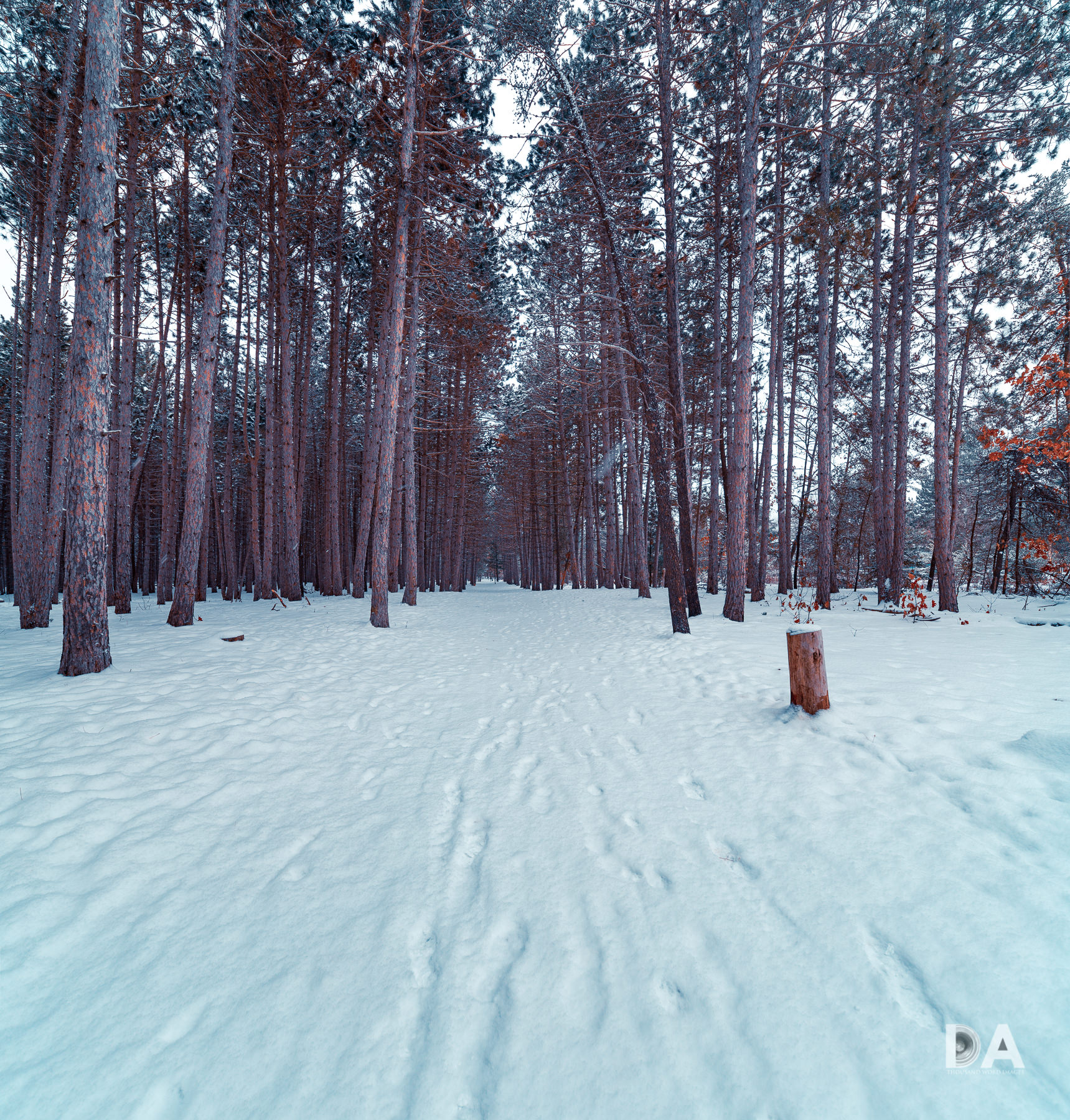



 Canon EOS R8 Review
Canon EOS R8 Review 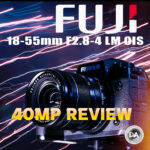 Fujinon XF 18-55mm F2.8-4 LM OIS 40MP 2024 Review
Fujinon XF 18-55mm F2.8-4 LM OIS 40MP 2024 Review  Viltrox AF 56mm F1.7 X-Mount Review
Viltrox AF 56mm F1.7 X-Mount Review 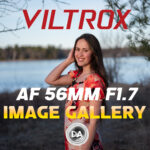 Viltrox AF 56mm F1.7 X Mount Gallery
Viltrox AF 56mm F1.7 X Mount Gallery 




